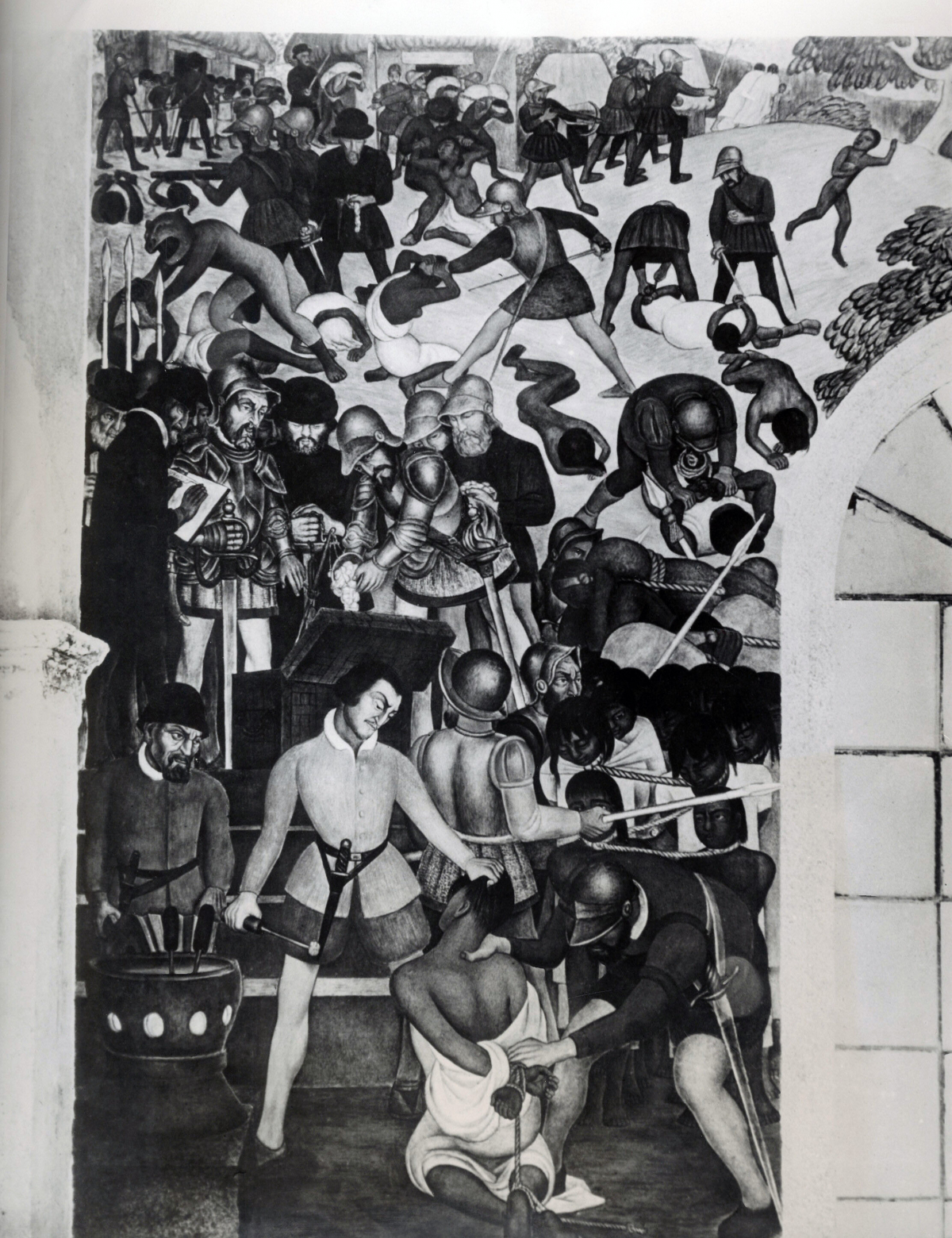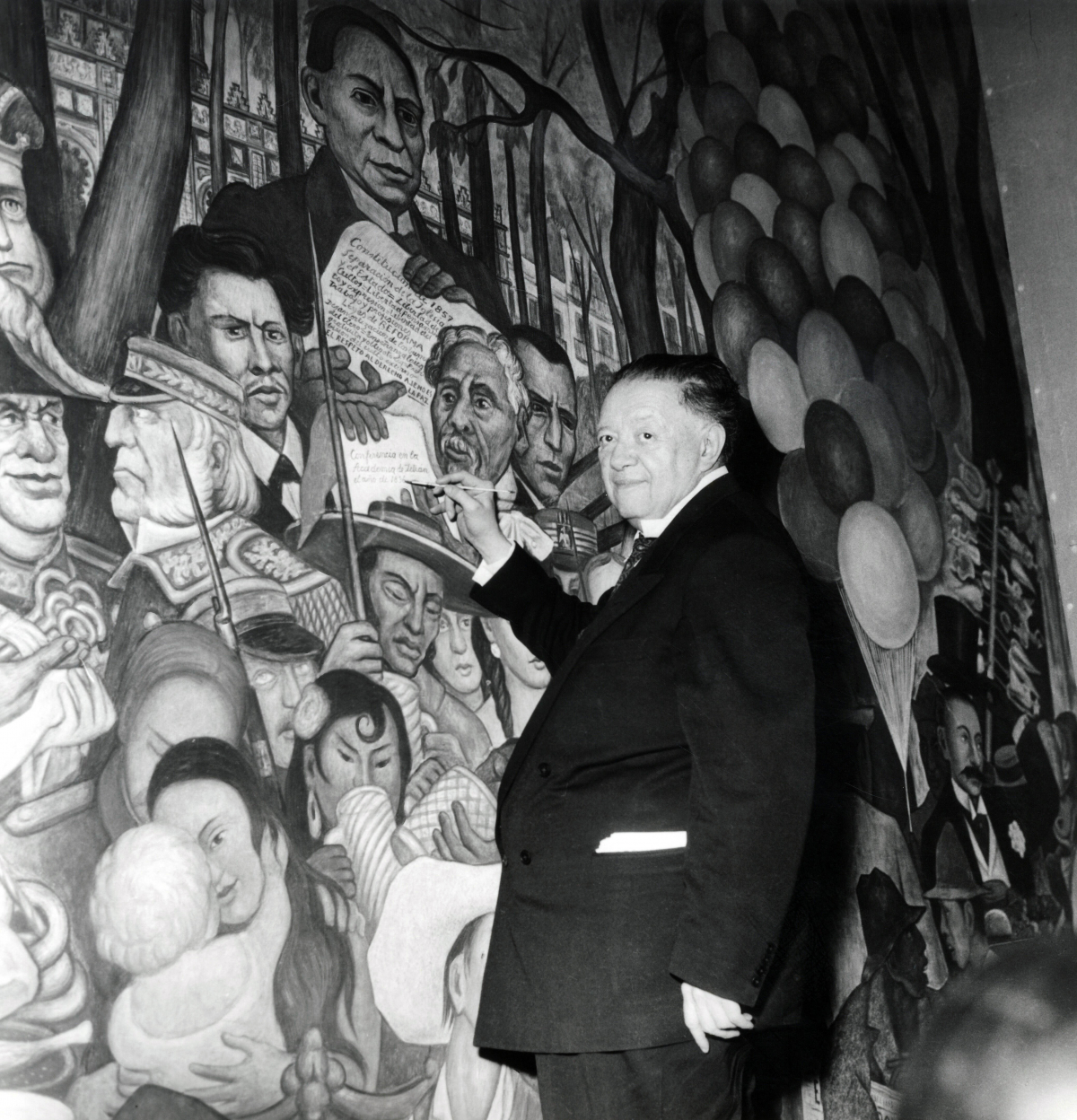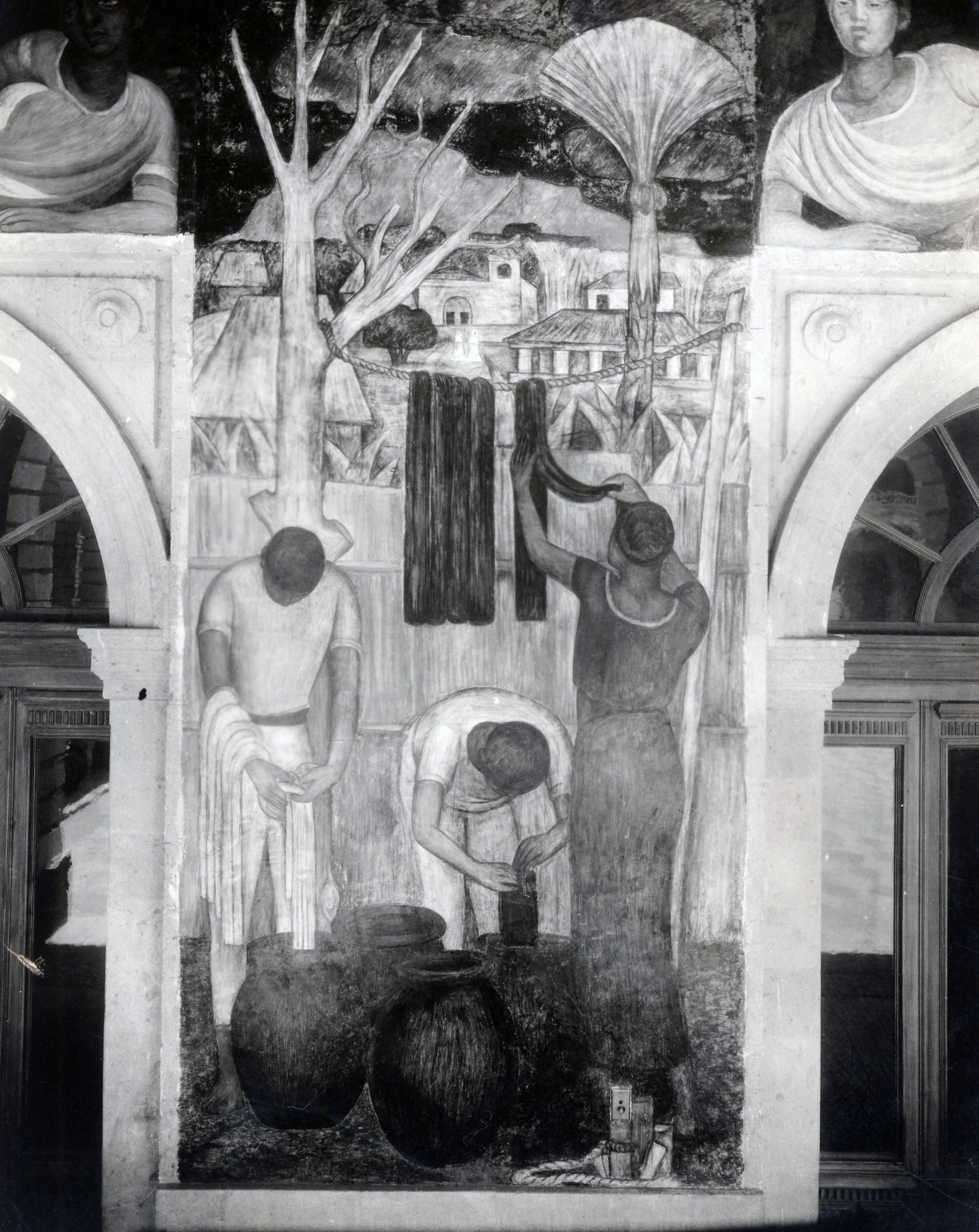
Muralism: Identity and Revolution
The Throckmorton Gallery, 145 East 57th Street.
The new show at the Throckmorton Fine Art Gallery, Muralism: Identity and Revolution, serves as a important companion piece to the upcoming Mexican Muralists Remake American Art, 1925-1945 at the Whitney Museum of American Art. The show actually documents this artistic period through photographs of both the art work and the artists. In fact the Whitney actually will be featuring photographs from the Gallerist Spencer Throckmorton's collection. We wanted to interview the gallerist to highlight both the show and the artistic period.
Kathleen Cullen: People are familiar with the mural work of Diego Rivera but may not know his work was part of a larger movement. Can you explain what started this movement and the subject matter?
Spenser Throckmorton: At the end of the Mexican Revolution, which historians place as happening between 1917 and 1920 there was a resurgence of Mexican art. Artists sought to reimagine the Mexican identity and focus the subject of the work on the poor, the Indian, the peasant, and the worker. This was a movement away from academic tradition which was viewed as elitist. The goal was to bring art closet to those Mexicans long marginalized. Murals were the most celebrated of the art forms and were painted all over Mexico in public sites including churches, palaces, government buildings, schools and museums.
KC: Who were the important artists? What themes did their work share?
ST: In addition to Diego Rivera, other artists include David Alfaro Siqueiros and José Clemente Orozco. The themes were a celebration of the lives of everyday people, the work they did and the lives they lived.

KC: What role did this movement play in the culture at the time?
ST: The murals depicted a true break from the past in that the subjects featured were non-European heroes including Aztec warriors fighting the Spanish, peasants fighting for the revolution and modern day laborers building Mexico City.
KC: Can you describe the work in the current show and what influenced you to do this show at this time?
ST: I've always been interested in this work because the murals in Mexico is so commanding and memorable. The photos in the show are very rare as they were not printed in great amounts and they were not seen as the artwork but seen as something cataloguing they work. There are photos of murals that no longer exist and these photos are the only documents.
Diego Rivera hired Tina Modotti, who supported herself taking pictures of artists' work, to photograph his murals so he could advertise his and get commissions. People may be familiar with his murals in Rockefeller Center that were so controversial they were later destroyed. In the United States Rivera also did murals for the Detroit Institute of Arts and the City Club in the San Francisco Stock Exchange.

The show features 26 pictures by Modotti as well as other photographers with a focus on both the murals and the people in and around the movement. Modotti, who was Italian, was very familiar with this group, as, in addition to being a photographer, she was an activist for the communist party. She was actually exiled from Mexico in 1930 only to return in 1939 to live there under a pseudonym.
KC: What do you hope viewers will take away from the show?
ST: We hope to not only highlight this period and the work, but the show helps to both preserve and document this time in Mexico's and the art world's history. It’s also a way we connect this work to a new audience.
